
How to Take Care of a Bonsai Tree—for Beginners!
Learning how to take care of a bonsai tree is more complex than your average indoor plant, some basic rules should be followed to take care of your tree properly. This beginner guide may help you grow a bonsai tree that will last for years.
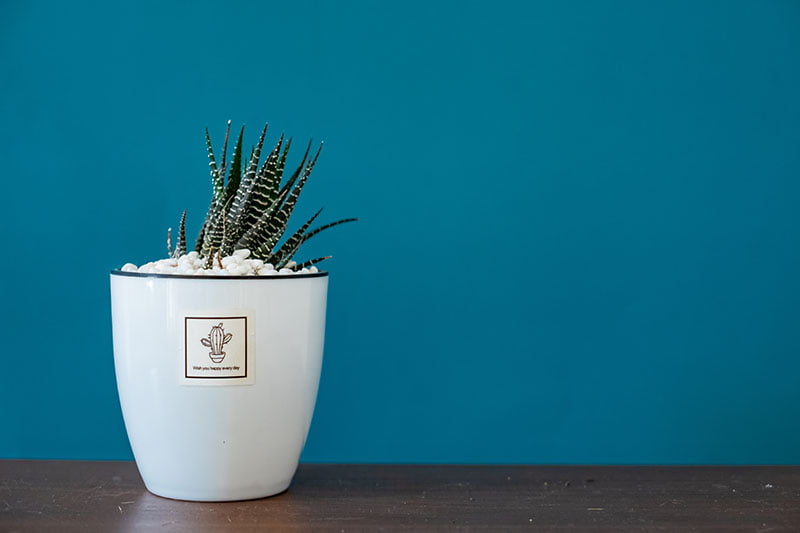
Placement
Begin to grow a bonsai tree, you need to place it in the right place at first. To determine the optimal spot to place your bonsai, you need to know the tree species and in particular, is your bonsai an indoor or an outdoor tree?
Such as pine, juniper, maple, elms gingko and spruce trees all are outdoor trees, so they need be exposed to the seasons like other larger outdoor plants. They will grow better under ample sun exposure, except when you live in a particularly hot place.

Such as jade plants, ficus trees, and hawaiian umbrella trees are indoor trees, most types of indoor trees are typically subtropical species, which need to grow in stable temperatures. You can place them on your south-facing windows to ensure sufficient sunlight. If you place anywhere else in your house, you need to add artificial lighting.
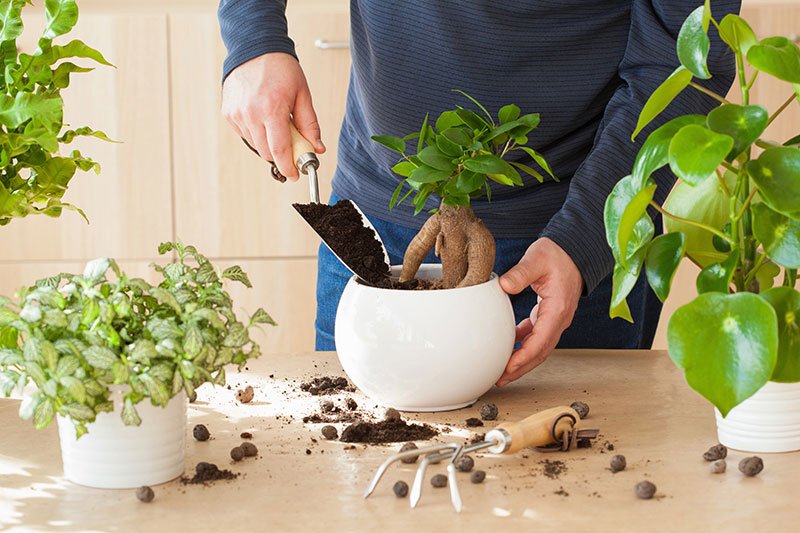
Once you know which kind of bonsai tree you grow, the rest thing is quite simple. Besides, you need to consider other factors like your local climate, humidity, time of year, pot type, etc.
Watering
How frequently you need to water depends on your tree species, pot size, tree size, and climate. These guidelines may help you identify when your bonsai trees need to be watered.
For the soil layer is so shallow, it is easy to dry out very quickly. when you see the top layer of soil appears dry. You need to water your bonsai tree right now. To ensure fully saturate the root system with water, keep watering until the water run through the draining holes. You should not water your plants as routine, It’s better to water each of your plants individually.
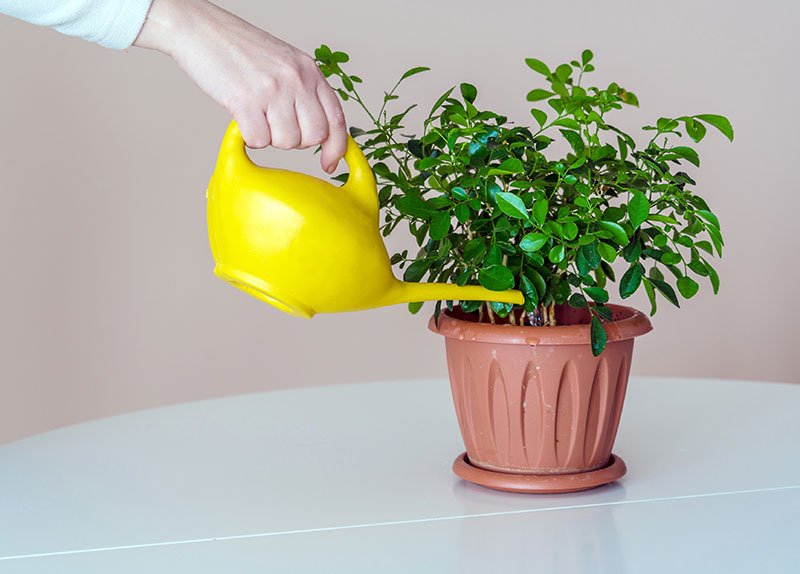
However, overwatering and poor-draining soil can also be harmful to your plants. Its roots will drown in water and be lack of oxygen which may influence its further growth. To water properly, you need to assess your tree daily. Here are some tips:
Soil moisture meter:Insert your meter into the soil near the root ball. It will display a number that shows you whether your plant needs watering.
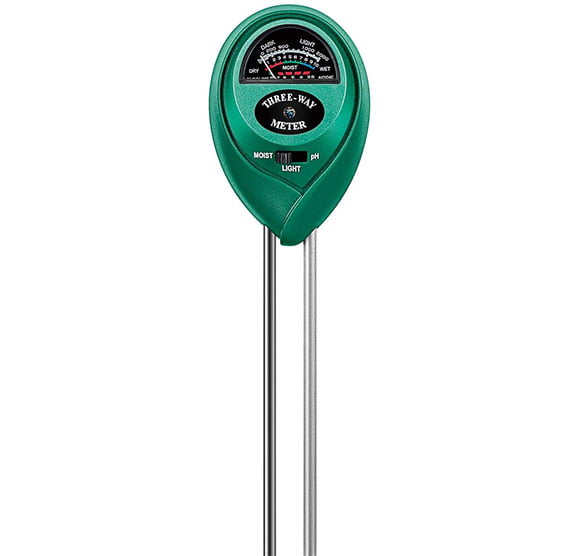
Finger: Put your finger into the soil about 1.8 inches deep. If the potting mix feels dry, you’ll need to water.
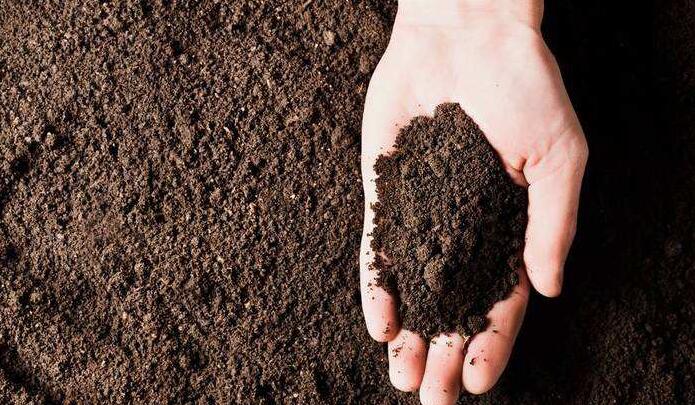
Stick: Puta dry stick in the middle of the pot 5 inch into the soil. If it does not turn dark after 15 minutes, you’ll need to water.
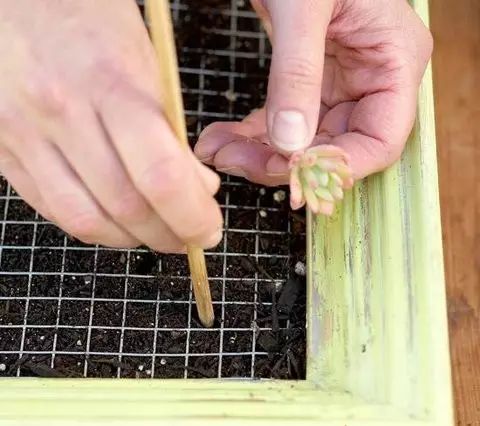
Fertilizer
During the growing season, fertilizing regularly is very important for your tree to survive and grow. In nature, Trees usually extend their roots in search of nutrients, which are replenished by decaying organic matter. but since your trees live in an extremely limited environment, they need proper fertilization to replenish the soil’s nutritional content.
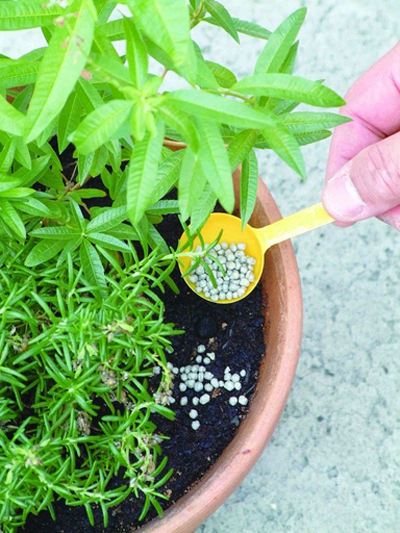
How to choose fertilizer
Solid fertilizer diffuses into the soil slowly, you need to control dosage carefully, over fertilizing will burn your tree’s delicate roots. Liquid fertilizer is fast-acting and easy to measure, but will leach from the soil when watering. Before fertilizing, watering your tree thoroughly as it is harmful to fertilize while the soil is dry.
When to Fertilize
Conifers: During the growing season fertilize weekly, during the winter season fertilize once or twice a month.Conifers do not go fully dormant and will continue to use nutrients.
Deciduous bonsai:During the growing season fertilize weekly. Stop fertilizing as soon as you see their leaves fall.
Tropical and subtropical: During the growing season fertilize weekly. These trees will grow year-round and should be fed monthly from fall to spring.
Soil
The right soil provides proper oxygen permeation, water retention, drainage, and nutrients. Contains these factors:

1.Akadama: Helps water pass while assisting in root absorption.
2.Volcanic rock or stones: large particles will prevent fertilizer buildup and keep the soil from compacting.
3.Pumice: Aids in aeration, holds moisture, and supports the roots.
4.Compost: Contains equal amounts ofpotassium, phosphorus and nitrogen. Provides essential nutrients and helps with water retention.
Pruning
To strengthen your tree, you can cut young shoots and leaves, it will expose the leaves underneath to air and sunlight. To control the tree shape and encourage smaller branches growth, you can prune away larger branches. To encourage the growth of smaller leaves, you can prune buds away from branches produces a more compact leaf growth.
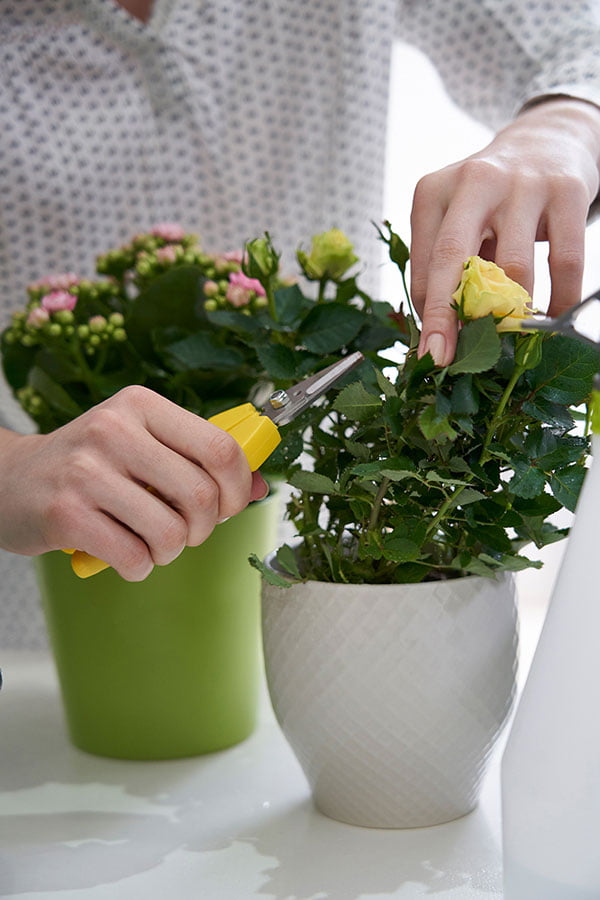
Once you see new branches and leaves morph the shape of your tree in an undesirable manner, you need to prune your tree right now. During the spring, pruning will encourage more flowers to grow. During winter season when the leaves fall off, you can wrap a thin wire around tree branches to control the growth pattern and shape. Keep an eye on the branch’s growth and remove the wire when the branch grows too fast.
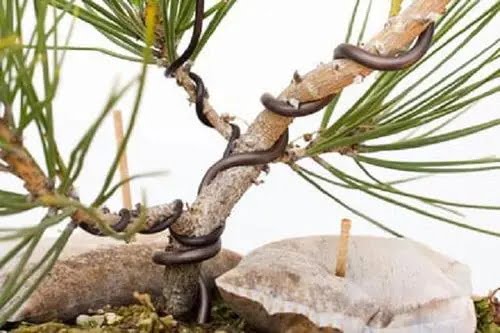
Repotting
In nature, your tree will have enough room to grow a large and stable root network, but not in a plant pot. So periodically repotting will keep its roots vigorous and replenishes nutrients in the soil.
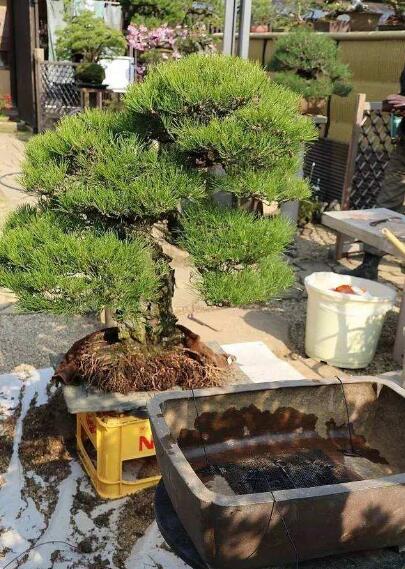
When to Repot
Due to the lack of space and nutrients, excess roots can cause the tree to starve, or not receive enough nutrients. Your tree will stop growing or even die. Repotting will resupply the tree with the nutrients it needs to grow and flourish.
Your tree will gear up to grow and change energy storage from its roots to newly leaves during the spring. Once its roots coming through the drainage holes, your tree needs to be repotted.
Based on your bonsai trees grow speed, most of them should be repotted once every two to five years. Avoid repotting in the winter as your tree is storing its energy in its roots.
How to Repot
1.Remove yourtree from its pot carefully, use sharp shears to cut away the outer layer of roots and areas of rot.
2.Clean any brown or green spotsin your
3.To prevent soil from falling out, you can place mesh squares over the drainage holes.
4.Layer the bottom of the pot with soil and place the tree on top.
5.Fill the holes and gaps with soilwhere the root used to exist.
Author: foxany
1015 Views


